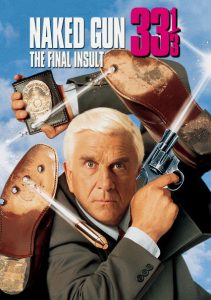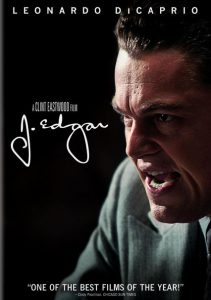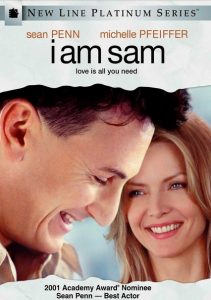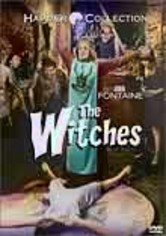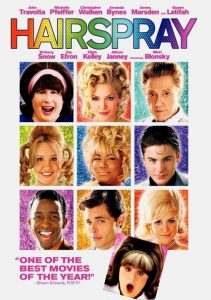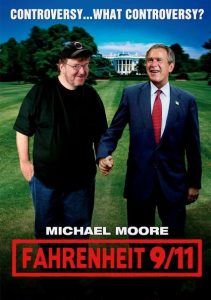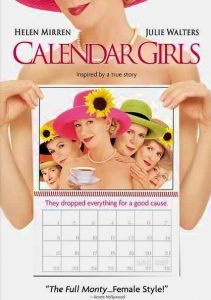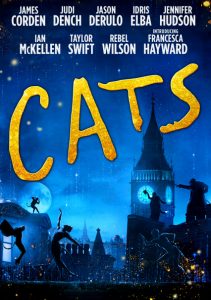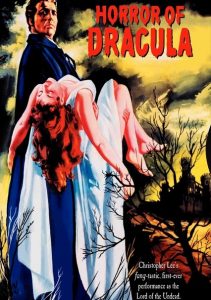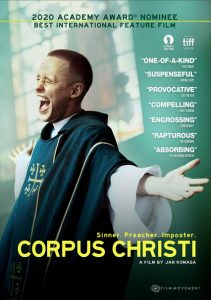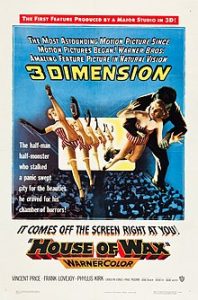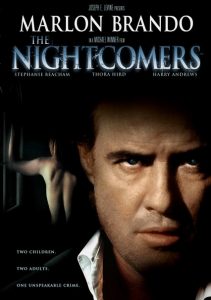Ocean’s Eleven-2001
Director Steven Soderbergh
Starring George Clooney, Matt Damon, Brad Pitt
Scott’s Review #1,105
Reviewed January 28, 2021
Grade: A-
Steven Soderbergh was awarded the Best Director Academy Award for his exceptional direction in Traffic (2000) one of my all-time favorite films.
He follows up that gem with a slick, commercial film that is stylish and looks cool. It’s fast-paced with quick editing and is set in the dangerously appealing world of casinos as a group of sophisticated thieves attempt to steal $160 million from a casino owner with whom they have a vendetta.
I expected a film of this type to be generic and by the numbers, but instead, it’s unpredictable and unexpected.
Ocean’s Eleven (2001) is the first (and best) installment of the popular Ocean’s franchise and a remake of the 1960 Rat Pack film of the same name.
George Clooney was in his film prime and led the pack of A-list stars like Brad Pitt, Julia Roberts, and Matt Damon in a packed and brimming two-hour entertainment fest.
A nice touch is inviting two stars from the original, Henry Silva and Angie Dickinson, to appear as themselves.
Clooney leads the charge and embraces his leading role status with charm, polish, and style. He plays a handsome Danny Ocean, a man with a plan. Less than one day into his parole from a New Jersey penitentiary, the thief is already traveling to California to arrange his next plan with his partner-in-crime Rusty (Brad Pitt). It’s tinged with revenge.
They abide by three rules: Don’t hurt anybody, don’t steal from anyone who doesn’t deserve it, and play the game like you’ve got nothing to lose. Danny orchestrates his charges into creating the most sophisticated, elaborate casino heist in history. And it will take place in glitzy Las Vegas on the night of a boxing match.
By providing the rules it makes me think fondly of a similar proclamation in David Fincher’s 1999 film Fight Club, Danny and the gang immediately feel sympathetic to me.
After all, they don’t intend to hurt anyone, and the money stolen will be from folks who are dastardly and might even deserve to be penniless.
Didn’t JigSaw from the Saw films only kill those who harmed other people? Suddenly their motives are clear and justified making them the good guys.
As a bonus, the “victim” of the heist is the unlikable Terry Benedict (Andy Garcia), who owns three casinos and is worth billions. Making the bad guys the heroes and Benedict the bad guy is clever and situates the players properly so the audience is sure who to root for.
As if the film doesn’t have enough treats some drama is thrown in. Danny’s ex-wife, Tess (Julia Roberts), is Benedict’s girlfriend. Is she loyal to Danny or Benedict or might she be playing both sides?
Loyalties are tested and questioned and the intricate bank heist sequence is titillating and an edge-of-your-seat thrill-ride. The Las Vegas backdrop with the casino’s bright lights, bells, and like elements cement Ocean’s Eleven as one of the best of its genre.
It’s also tough not to root for Clooney, Pitt, and Damon in or out of character.
Ted Griffin writes the screenplay and adds some nice characters, more than one-note bank robbers or thieves. Along with Soderbergh’s direction, which adds the nice atmospheric trimmings like the razzle-dazzle casino scenes they make a great pair.
I love how Danny and Rusty recruit a team with specialized skills like mechanics, pickpockets, and an electronics and surveillance specialist. There’s even an acrobat!
This seems an ode to the 1960s television series Mission: Impossible as the team is carefully selected based on skill.
A highly entertaining popcorn film just perfect for a summer night, Ocean’s Eleven (2001) is sure to satisfy. The intention is to sit back and enjoy what is offered and all the elements come together perfectly.
The culminating main event boxing match and subsequent twist catapults the film from pure entertainment to something more nuanced and exciting.
The film was a success at the box office and with critics leading to two sequels directed by Soderbergh and a spin-off with an all-female lead cast, was released in 2018.

